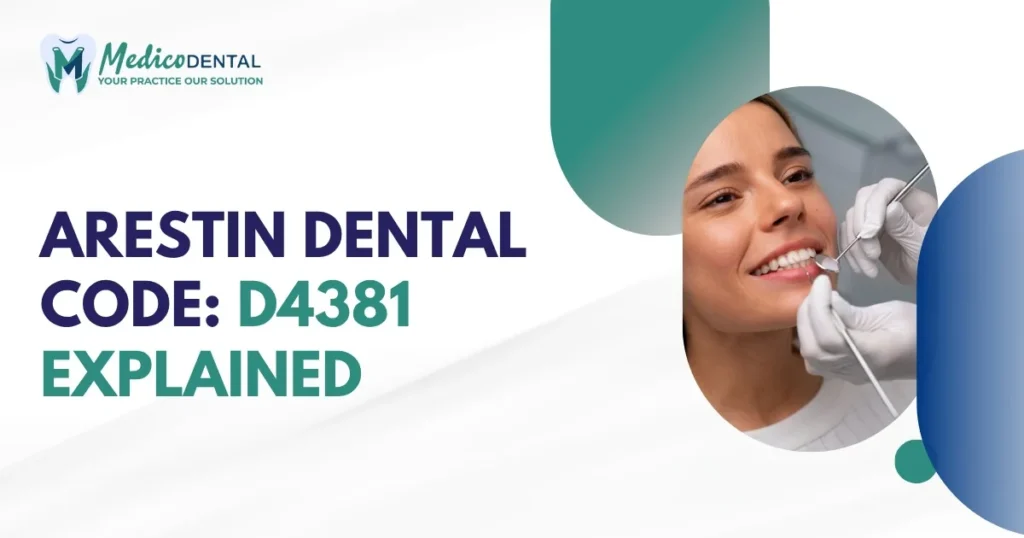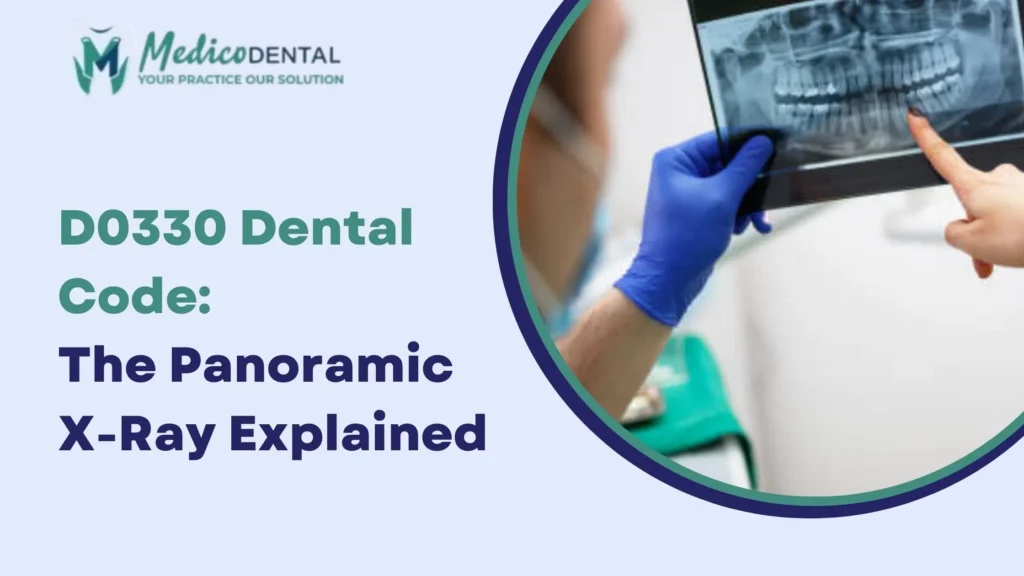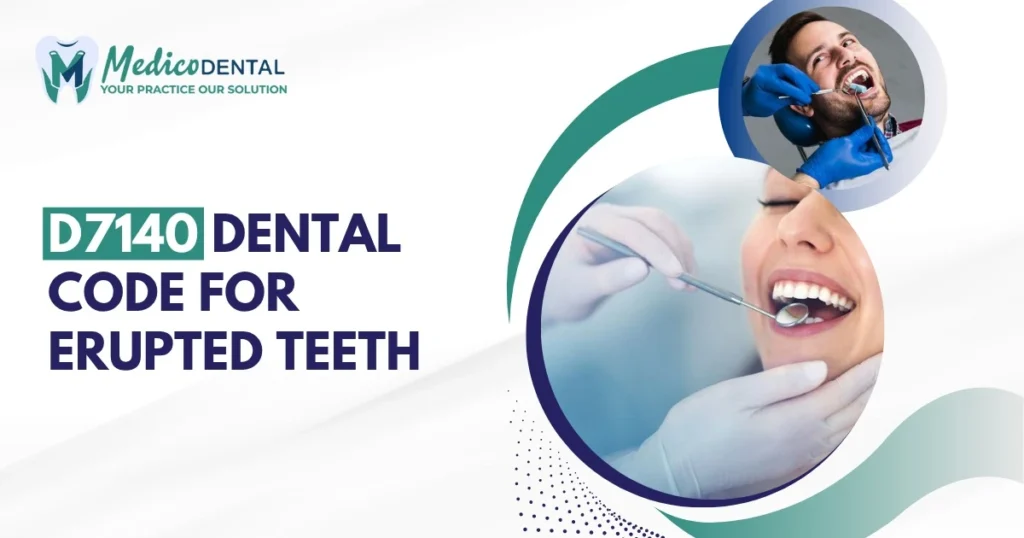Arestin plays an important role in treating gum disease by fighting infection deep below the gumline. To ensure dental professionals are properly reimbursed and treatment records stay accurate, using the right code is essential. One of the most important codes for this purpose is D4381, also known as the Arestin dental code. Let’s understand what this code means and how it’s used in dental care.
What Is the Arestin Dental Code?
Overview of Arestin and Its Dental Purpose
Arestin is an antibiotic treatment that helps manage gum infections caused by bacteria in periodontal pockets. It contains minocycline microspheres, which are placed directly into infected gum areas after a deep cleaning procedure. The medicine slowly releases over time to kill harmful bacteria and promote healing. This makes Arestin a valuable part of periodontal therapy for patients with moderate to severe gum disease.
Importance of Accurate Dental Coding
Using the correct dental code, like D4381, ensures that procedures are properly documented for both patient records and insurance claims. It helps dental offices receive appropriate payment for services provided and maintains consistency in treatment reporting. Accurate coding also makes it easier for insurance companies to verify and approve claims related to periodontal therapy.
Understanding Dental Code D4381
Definition and Meaning of D4381
The D4381 dental code is defined as “Localized delivery of antimicrobial agents via a controlled-release vehicle into diseased crevicular tissue, per tooth.” In simple terms, this code applies when a dentist or hygienist places medication—such as Arestin—into the infected pocket of a specific tooth.
How This Code Applies to Arestin Use
Arestin is the most common product used under this code. After scaling and root planing (SRP), Arestin is placed into the pockets around the tooth using a small applicator. The minocycline microspheres then release the antibiotic gradually, reducing bacterial growth and inflammation. This localized treatment allows dentists to target infection precisely where it occurs.
Explanation of “Per Tooth” Reporting
The term “per tooth” means that code D4381 is billed for each tooth where Arestin is applied. For example, if Arestin is used on three teeth, the dentist will report D4381 three times once for each treated tooth. This ensures the treatment is billed correctly and reflects the true amount of work performed.
When Is Arestin Used in Dental Treatment?
Role of Arestin in Periodontal Therapy
Arestin is designed to manage chronic periodontitis, a gum infection that damages the soft tissue and bone supporting teeth. While deep cleaning removes plaque and tartar, Arestin works as an extra step to kill leftover bacteria that brushing and scaling alone can’t reach. This combination helps improve healing and reduces pocket depth around the gums.
Connection with Scaling and Root Planing (SRP)
Arestin is typically applied after scaling and root planing. SRP is a deep cleaning procedure that removes tartar and plaque from below the gumline. Once the area is cleaned, Arestin is placed into the pockets to prevent bacteria from growing back. This makes SRP more effective and helps control the progression of gum disease.
How Arestin Helps Fight Gum Infection
The active ingredient in Arestin, minocycline hydrochloride, works by stopping bacterial growth inside the gums. It slowly releases over several days, maintaining a steady concentration of antibiotic right where it’s needed. This helps reduce inflammation, control bleeding, and support gum tissue recovery leading to healthier gums and stronger teeth.
Billing and Insurance for Arestin (D4381)
How to Correctly Report the Arestin Dental Code
When reporting the Arestin dental code (D4381), it’s important to remember that it is billed per tooth, not per site or quadrant. Each tooth where Arestin is applied should be listed separately on the insurance claim form. The claim must clearly mention the tooth numbers treated, the date of service, and the provider’s details. In most cases, Arestin is used after scaling and root planing (SRP), so it’s best to report D4381 alongside D4341 or D4342 (codes for SRP). This ensures proper claim linkage and helps the insurance company understand that Arestin was part of a periodontal therapy plan.
Common Billing and Claim Errors
One of the most frequent mistakes in Arestin billing is applying D4381 for the entire mouth or quadrant instead of per tooth. This leads to claim rejection or underpayment. Another common issue is failing to document SRP as a related procedure most insurance companies won’t cover Arestin unless SRP has been performed first. Also, omitting clear clinical notes, pocket depth measurements, or treatment justification can delay approval. Always double-check that your coding matches your chart notes and periodontal charting.
Insurance Considerations for Reimbursement
Insurance coverage for Arestin varies widely among providers. Some plans classify it as a “non-covered service” or a “limited benefit,” while others cover it under periodontal maintenance. To avoid surprises, it’s best to submit a pre-authorization or predetermination before treatment. As part of proper insurance credentialing and claim submission, include all necessary details like probing depths, diagnosis codes (e.g., chronic periodontitis), and supporting radiographs. Proper documentation increases the chance of successful reimbursement and minimizes claim denials.
Documentation Tips for Code D4381
What to Record in Patient Files
Documentation plays a crucial role in both compliance and reimbursement. Each patient record should include:
- Diagnosis of periodontal disease (with pocket depth readings)
- Type and location of Arestin used (tooth numbers)
- Amount dispensed and lot number (if available)
- Date of service and provider signature
- Follow up care or post treatment instructions
This not only ensures accurate records but also supports the claim if questioned by insurance reviewers.
Supporting Documents for Insurance Claims
When submitting a claim for D4381, attach supporting materials like:
- Periodontal charting showing pocket depths greater than 5mm
- Notes confirming completion of scaling and root planing
- Intraoral photos or radiographs (if requested by insurer)
- Pre-authorization approval (if applicable)
These documents help verify that Arestin was medically necessary and used appropriately.
Example of Correct Documentation
Example:
Procedure: Arestin placement (D4381)
Teeth Treated: #4, #5, #12
Diagnosis: Chronic periodontitis, pocket depths 6mm
Notes: SRP completed on 10/25/2025. Arestin placed in pockets with depth ≥5mm. Patient advised on post-care and follow-up in 6 weeks.
Provider: Dr. Smith, DDS
Such clear, concise records make claim processing smooth and reduce the risk of denials.
Final Thoughts
The Arestin dental code (D4381) helps dental teams properly record and bill for localized antimicrobial treatment in periodontal therapy. It should always be linked to scaling and root planing, documented per tooth, and supported with detailed patient notes.
Accurate coding ensures smooth insurance claims, reduces denials, and supports ethical billing practices. When used correctly, Arestin not only improves patient outcomes but also demonstrates a clinic’s commitment to high-quality periodontal care. By understanding the details of D4381, dental professionals can streamline their billing process and enhance both clinical and financial success.
FAQs
Can D4381 Be Used Without SRP?
Ans. No. The Arestin dental code (D4381) is not meant to be used as a stand-alone procedure. It is an adjunctive treatment following scaling and root planing (SRP). Insurance companies generally deny claims if D4381 is reported without SRP because Arestin’s purpose is to enhance SRP effectiveness not replace it.
How Many Teeth Can Be Billed Under This Code?
Ans. You can bill D4381 per treated tooth. If Arestin is applied to four separate teeth, you should report the code four times. Each tooth number must be listed clearly on the claim form. This “per tooth” rule ensures proper reimbursement and accurate record-keeping.
Is Arestin Used for All Types of Gum Disease?
Ans. Arestin is primarily used for chronic periodontitis or localized periodontal infections. It is not typically recommended for mild gingivitis or general gum inflammation without pocket formation. Dentists decide whether to use Arestin based on the severity of infection, pocket depth, and the patient’s overall oral health.



